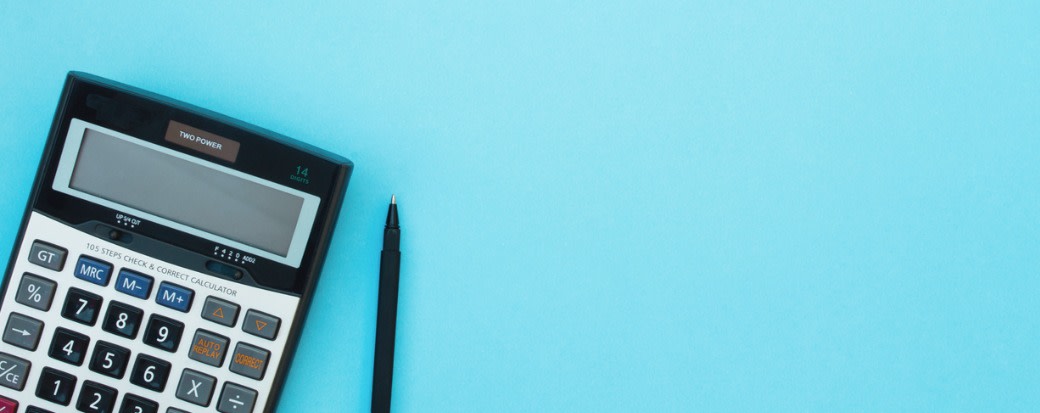

Editor’s note: Lantern by SoFi seeks to provide content that is objective, independent and accurate. Writers are separate from our business operation and do not receive direct compensation from advertisers or partners. Read more about our Editorial Guidelines and How We Make Money.
After a disaster strikes, your small business may be derailed. But there is some help available.
The U.S. Small Business Administration (SBA) offers emergency loans when your business is impacted by a disaster. The Economic Injury Disaster Loan (EIDL) program provides loans for small businesses impacted by those declared disasters.
The amount you borrow depends on your company’s financials as well as the maximum limits associated with each type of loan.
EIDL loans are designed to help both small businesses and nonprofit organizations when they experience revenue losses due to certain disasters.
The goal is to assist businesses with their operating expenses until the period of economic impact passes. While EIDL loans have competitive terms , they’re only meant to be a last resort safety net. If you’re able to qualify for credit elsewhere, you won’t be able to get an EIDL loan.
The traditional EIDL program was created for businesses negatively affected by declared disasters. This includes major events like wildfires and hurricanes that cause enough damage to be declared federal disasters.
In 2020, a COVID-19 EIDL program was available to small businesses across the country. That program is finished and businesses may no longer apply.
The EIDL loan calculation is based on a maximum loan amount of $2 million.
In order to apply, your business must be affected by a declared disaster. The SBA keeps an updated database of disasters so you can see if your area qualifies. You may qualify for funds for each separate disaster that affects your area.
The size of your EIDL loan depends on the extent of the economic injury caused to your business by a declared disaster.
The loan funds are not meant to replace lost sales but instead to help your business cover expenses and financial obligations. Part of the application process involves a comparison between your company’s previous financials and the period during which the disaster occurred.
Once the SBA extends a loan offer based on these figures, you can use an EIDL loan calculator to determine your monthly payment amount. You’ll need to enter your loan amount, interest rate, and repayment term. Then the calculator can let you know what to expect in terms of payment and how much the loan will ultimately cost with interest payments.
For regular EIDL loan applicants, the loan amount may be up to $2 million.
EIDL loans have size requirements. A common standard that’s used is a business with 500 employees or fewer.
EIDL loan applicants must prove economic injury due to a declared disaster.
The EIDL loans operate differently from other types of SBA loans like the 7(a) program. Those are usually guaranteed by the SBA, but originate with private lenders. EIDL loans are directly financed by the SBA.
Businesses may apply for an EIDL loan directly online through the SBA website.
A regular EIDL loan requires a visit from an SBA inspector to assess the damage. You’ll also need to fill out IRS Form 4506-T so that the SBA may access your past tax filings.
Like other SBA loan rates , the interest rates on EIDL loans are fixed. Interest rates for 7(a) loans are negotiated between the borrower and the lender, but are subject to SBA maximums, which are pegged to the prime rate or an optional peg rate. Interest rates may be fixed or variable.
For a loan of $50,000 or less, the interest is the base rate plus 6.5%. For a loan of $50,001 to $250,000, it is the base rate plus 6%. For a loan of $250,001 to $350,000, it is the base rate plus 4.5%. And for a loan of $350,000 and more, the interest is the base rate plus 3%.
A standard EIDL loan has a 30-year repayment period.
The maximum loan amount for this program is $2 million. Collateral is required for any loans over $25,000, with a preference for real estate.
Funds may be used for working capital and normal expenses.
The maximum loan amount was raised to $2 million in September 2021.
An EIDL loan can help your small business when it’s hurt by a disaster. But it’s wise to be aware of the eligibility requirements and the funding limits for these loans.
It may take several types of financing to help your company move forward after a disaster. If you’re considering taking out a small business loan, consider Lantern by SoFi. With just a single application, you can receive a small business loan offer from one of our top lenders.